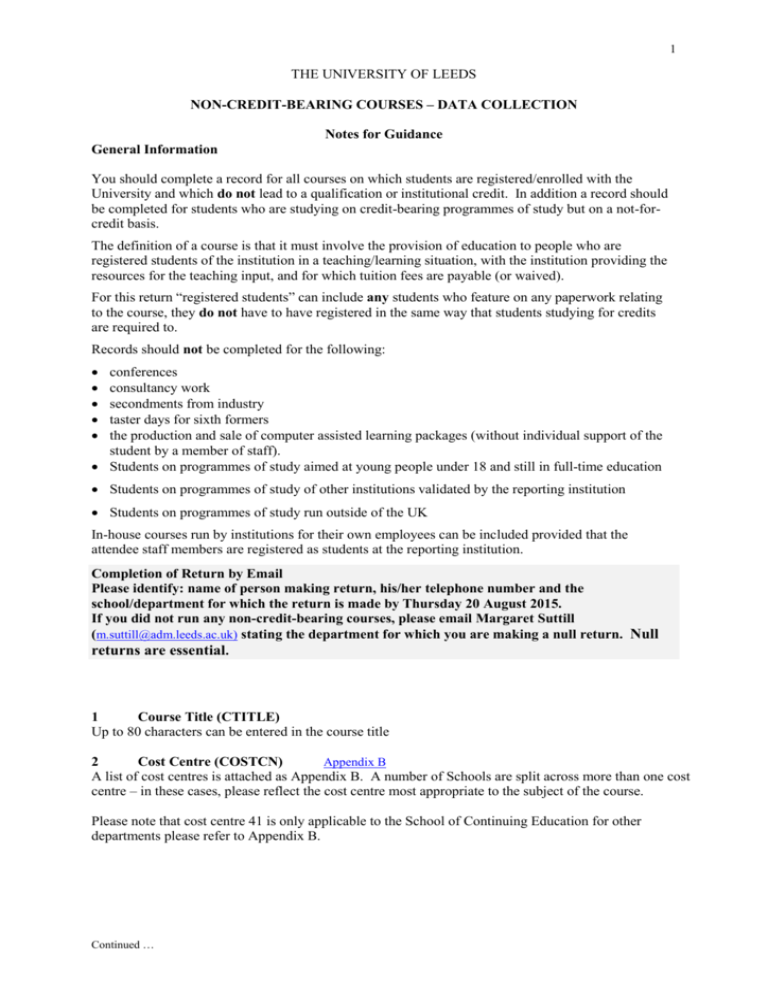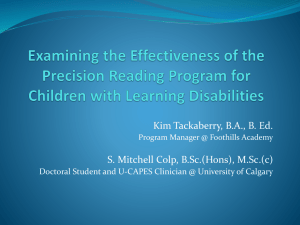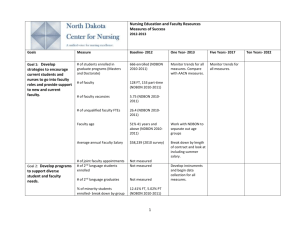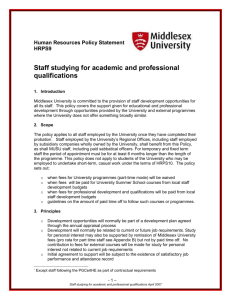Notes for Guidance - University of Leeds
advertisement

1 THE UNIVERSITY OF LEEDS NON-CREDIT-BEARING COURSES – DATA COLLECTION Notes for Guidance General Information You should complete a record for all courses on which students are registered/enrolled with the University and which do not lead to a qualification or institutional credit. In addition a record should be completed for students who are studying on credit-bearing programmes of study but on a not-forcredit basis. The definition of a course is that it must involve the provision of education to people who are registered students of the institution in a teaching/learning situation, with the institution providing the resources for the teaching input, and for which tuition fees are payable (or waived). For this return “registered students” can include any students who feature on any paperwork relating to the course, they do not have to have registered in the same way that students studying for credits are required to. Records should not be completed for the following: conferences consultancy work secondments from industry taster days for sixth formers the production and sale of computer assisted learning packages (without individual support of the student by a member of staff). Students on programmes of study aimed at young people under 18 and still in full-time education Students on programmes of study of other institutions validated by the reporting institution Students on programmes of study run outside of the UK In-house courses run by institutions for their own employees can be included provided that the attendee staff members are registered as students at the reporting institution. Completion of Return by Email Please identify: name of person making return, his/her telephone number and the school/department for which the return is made by Thursday 20 August 2015. If you did not run any non-credit-bearing courses, please email Margaret Suttill (m.suttill@adm.leeds.ac.uk) stating the department for which you are making a null return. Null returns are essential. 1 Course Title (CTITLE) Up to 80 characters can be entered in the course title 2 Cost Centre (COSTCN) Appendix B A list of cost centres is attached as Appendix B. A number of Schools are split across more than one cost centre – in these cases, please reflect the cost centre most appropriate to the subject of the course. Please note that cost centre 41 is only applicable to the School of Continuing Education for other departments please refer to Appendix B. Continued … 2 3 Target Organisation (TARGORG) Name of the organisation/industry targeted (e.g. Yorkshire Water; SureStart; “SMEs in Textile Industry”) 4 Units of length (UNILEN) This denotes the unit of length associated with the ‘length of the course’ (see note 6). Code 1 2 3 4 5 9 Definition Years Months Weeks Days Hours Not applicable Code 9 should be used only in cases where the length of the course is code 99, i.e. self paced with infinite length 5 Length of Course (CLENGTH) This is the normal elapsed time of the course in the units specified in 12 ‘ units of length’. You should enter a numerical entry for the normal elapsed time of the course in units of length given in 12. e.g. it is a 2 year course then enter 2 in this field, or if it is a 4 day course then enter 4 in this field. Code 99 should be used to denote courses of unknown length or courses which are self paced with indefinite length. 6 Length of Course in Contact Hours (CRSELEN) This should be shown in contact hours, irrespective of the number of staff involved, and should include lectures, tutorials, field study and supervised small group study periods. Where a course lasts more than one year, only those hours given during the academic year of the return should be recorded, but short courses of less than one year overlapping from one year into the next should be recorded as being given entirely in this year. The hours will not include individual study periods outside the class or periods of practical work, which are not supervised by staff involved in the running of the course. In the case of open/distance learning courses, it will be necessary to estimate a number of contact hours using one of the following methods (which should be attempted in the order listed): a) Where a course has an equivalent directly taught version or is modelled on such a course, the length of the open/distance learning course should be stated as the same as that of the equivalent directly taught course. b) Where there is no such equivalent, the contact hours should be assumed to be the same as the contact hours for a similar taught course having similar coverage, content and objectives and requiring a similar amount of study. c) Where neither of these methods is possible, the number of contact hours should be calculated by dividing the total number of expected hours by four, and then adding any direct contact time (e.g. day schools tutorials). Courses run collaboratively with other HE Institutions should either be returned by only one collaborating institution, or the contact hours divided appropriately in separate returns by each institution. Fractions are not acceptable and must be rounded up or down. 7 Total Number of Students Enrolled (STUDNUM) This is the number of students enrolled on each course and should exclude any who are following the course as part of a qualification. If returning students who studied credit-bearing courses but on a notfor-credit-basis, the total number of students enrolled recorded in this field should be the total number Continued … 3 of students studying on a not-for-credit-basis. Students studying for credit should not be included in the total number enrolled. Students should only be included in the total count of student numbers if payment for their attendance has been received, unless the fee has been formally waived or no fee is payable Document1







